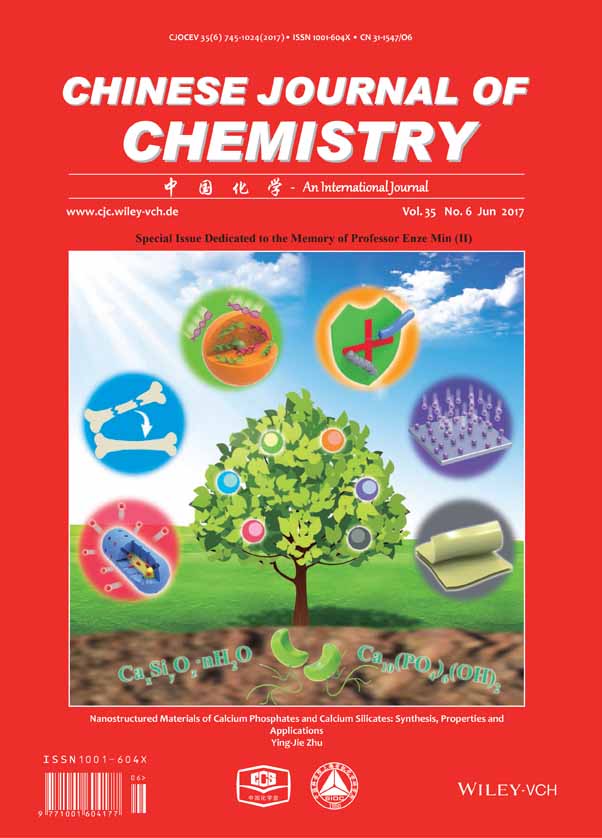Structural Dependence of Competitive Adsorption of Water and Methanol on TiO2 Surfaces
Abstract
Employing TiO2 anatase (001)-(1 × 4), rutile (110) and rutile (011)-(2 × 1) single crystal surfaces, we comprehensively studied the effects of TiO2 surface structures on the competitive adsorption of water and methanol by means of low energy electron diffraction, thermal desorption spectra and X-ray photoelectron spectroscopy. The relative adsorption strengths of chemisorbed methanol and water vary with the TiO2 surface structures and the adsorption sites. This leads to TiO2 surface structure-dependent competitive adsorption of water and methanol. The chemisorption of CH3OH on TiO2 anatase (001)-(1 × 4) surface is seldom affected by pre-covered water at low coverages but is affected by pre-covered water at high coverages; the chemisorption of CH3OH on TiO2 rutile (110) surface is seldom affected by pre-covered water; and the chemisorption of CH3OH on TiO2 rutile (011)-(2 × 1) surface is affected by pre-covered water even at low coverages. These results deepen the fundamental understandings of surface chemistry on TiO2 surfaces.




